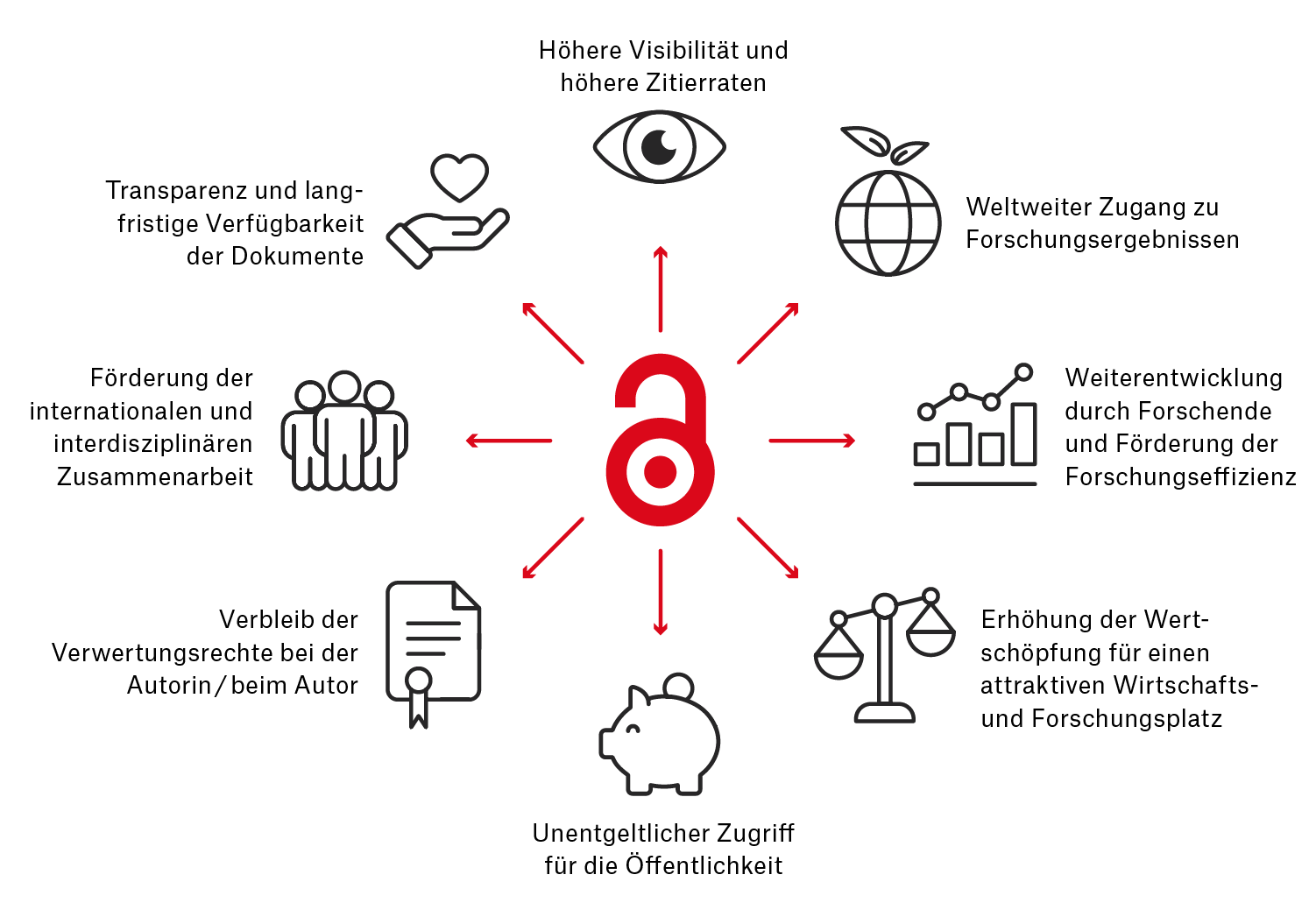Open Access
Section outline
-
In order to publish an Open Access publication, all parties must take into account the legal situation.
-
swissuniversities and the consortium of Swiss university libraries negotiate so-called read-and-publish agreements with academic publishers. These agreements not only secure access to the licensed journals, but also include the option to publish under Open Access conditions.
-
Which publishing options are supported by your funder’s OA policy?
-
The argument that open access journals and books are not of the same quality as conventionally published works is one that comes up again and again. In reality, the opposite is usually the case. Since the entire scientific community has access to the publications, the journals and publishers rely on a good reputation and therefore often work more transparently than traditional institutions. However, especially with new journals or publishers that are not established, there is often uncertainty about their quality. Predatory publishing refers to journals and publishers that publish articles without quality control in exchange for higher sums of money.



